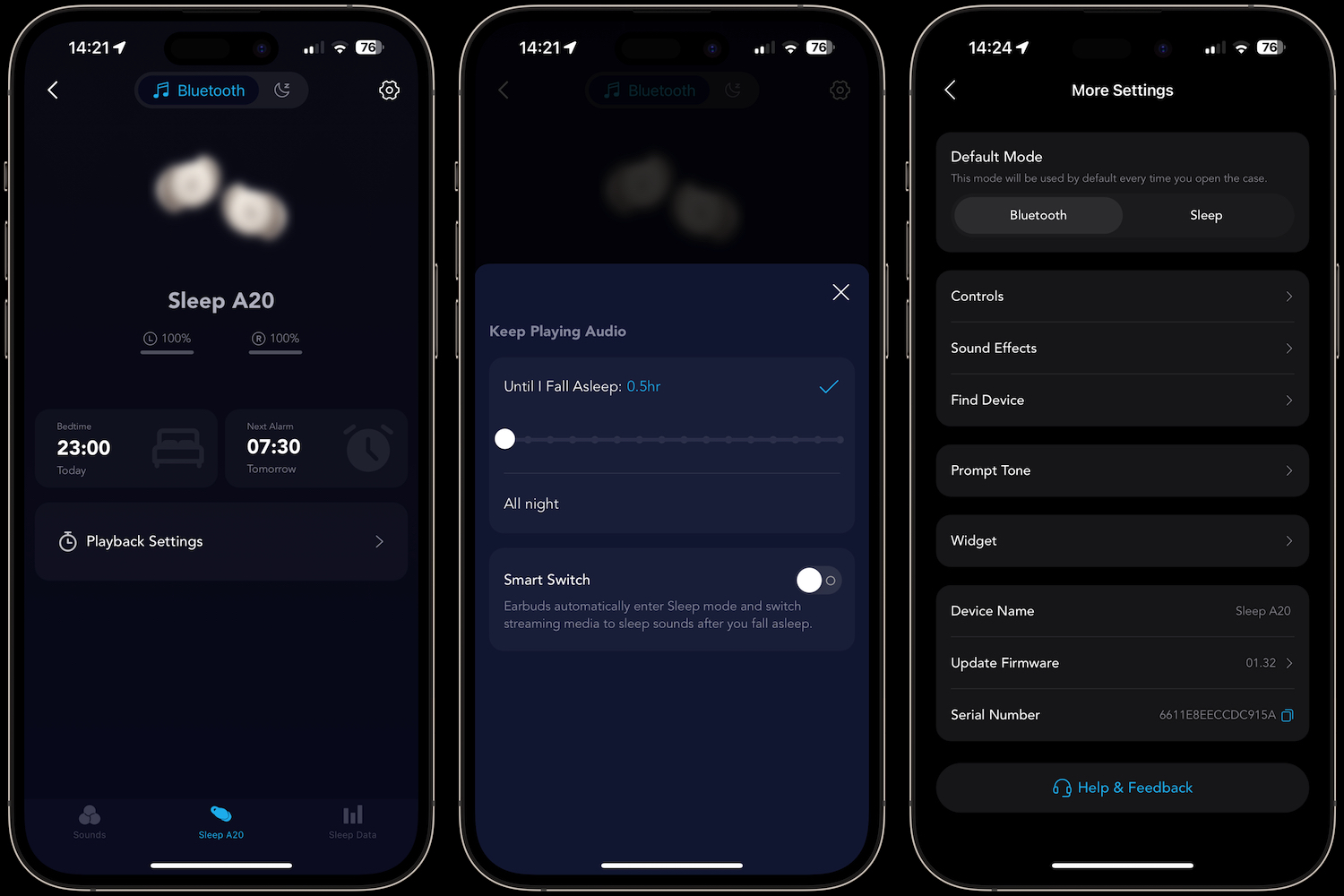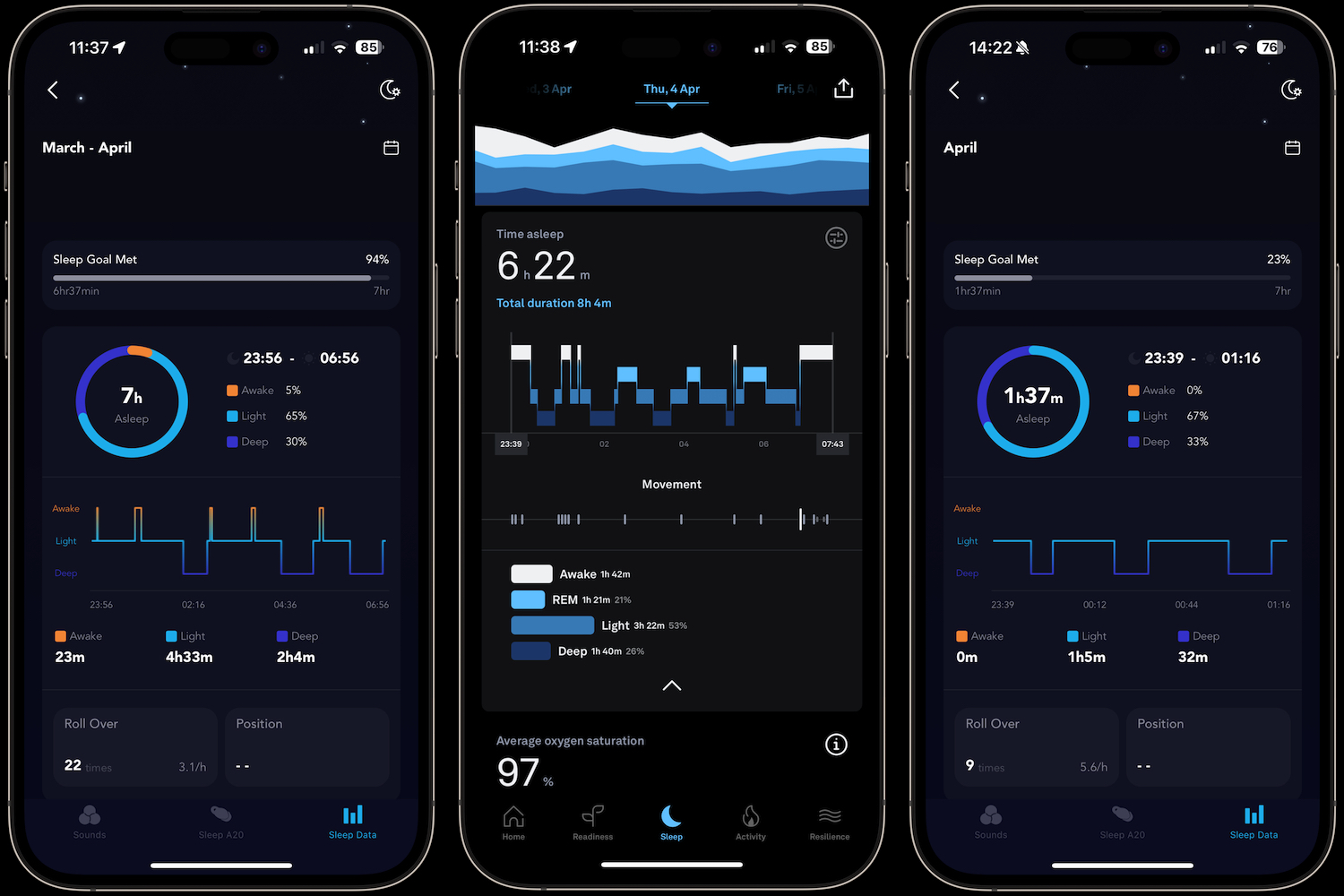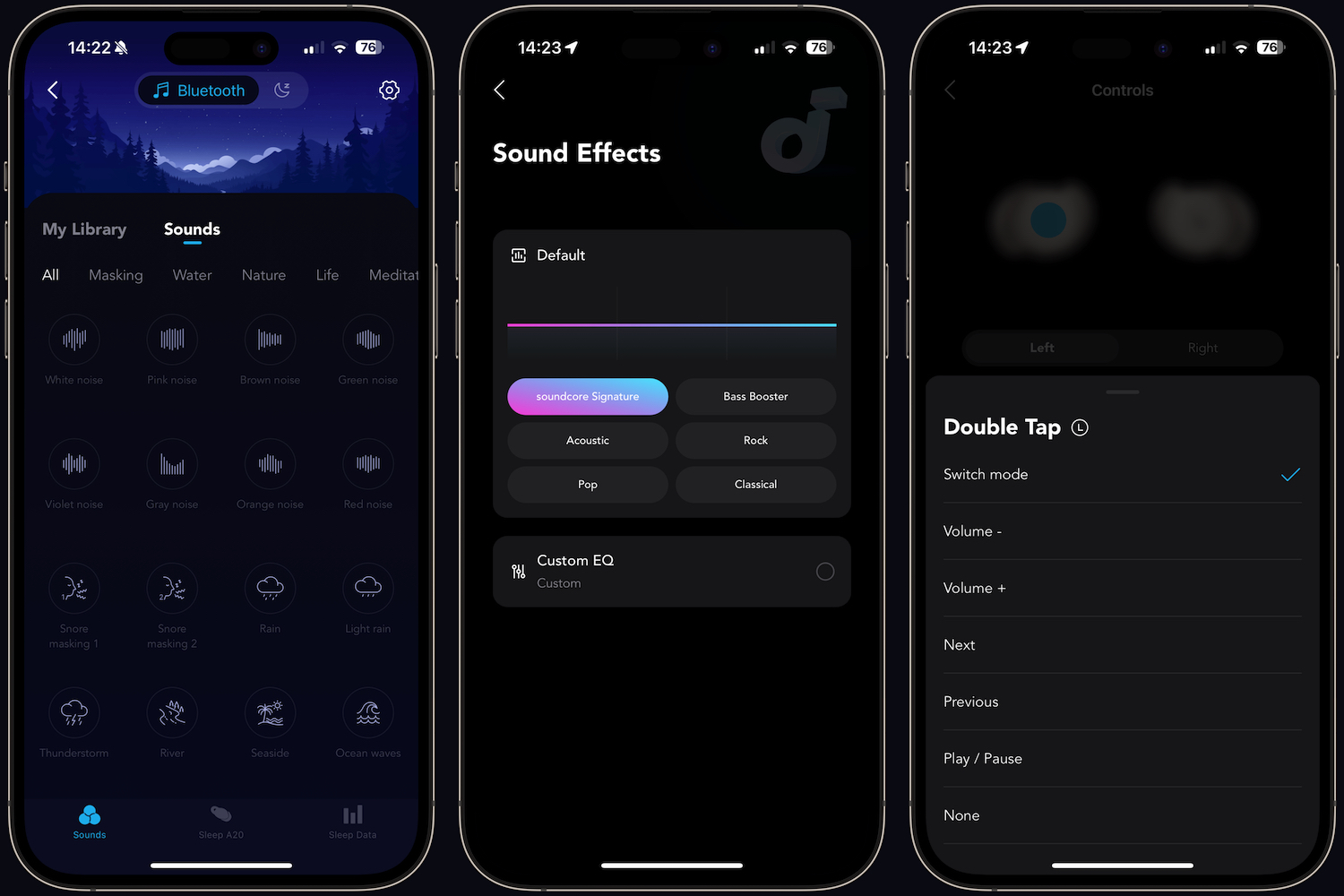Anker Soundcore Sleep A20
MSRP $150.00
“Don’t sleep on these little sleep aids — but also don’t expect them to be perfect out of the gate.”
Pros
- Comfortable to wear overnight
- Long battery life
- Bluetooth streaming and ambient sound
- Basic sleep tracking
Cons
- Some app features aren’t reliable
- Ambient sound creation mode is complicated
There are some nights where I find it hard to sleep and I crave isolation, a podcast, or some white noise. These things seem to magically cure the slow creep of insomnia and provides a one-way ticket to the land of nod. The Anker Soundcore Sleep A20 are tiny earbuds made for sleeping that have the ability to stream audio from your phone or play different calming sounds, and I’ve been trying them out to see if they can help on those difficult nights where sleep eludes me.
Sleep is so personal
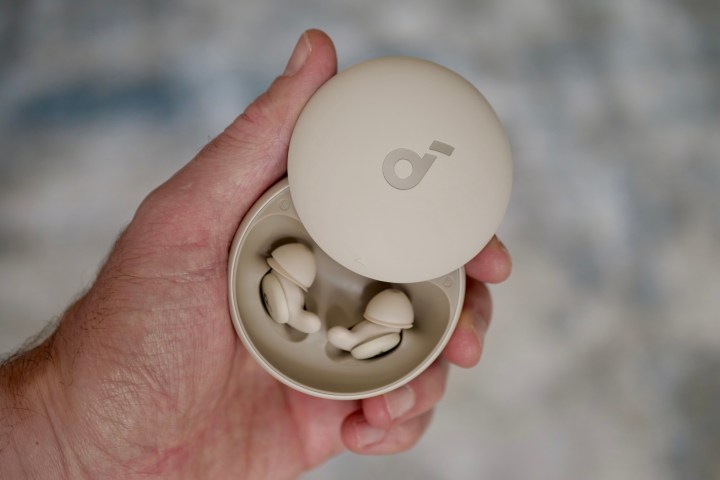
All reviews are personal. But when talking about a product like the Anker Soundcore Sleep A20, it’s perhaps even more personal. What works for me may not work for you, and what I find comfortable (and comforting) over an eight-hour period in bed may not be the same for you. However, I’ve used various sleep-related tech products over the years, and it may be helpful to understand why I find tiny earbuds are the best solution.
Until the Anker Soundcore Sleep A20’s arrived, I usually reached for the (since-discontinued) Bose Sleepbuds 2 when I couldn’t sleep. They are supremely comfortable even though I sleep on my side, and the app is simple so it doesn’t frustrate me when I’m simply trying to go to sleep. I have tried the QuietOn 3 earbuds — which use active noise cancellation rather than white noise to isolate you — but didn’t find them as relaxing.
I’ve used other products, such as sleep masks with wafer-thin speakers in them, but found them way too intrusive and uncomfortable to wear, mostly because I sleep on my side. This also applies to products you wear on your head that are designed to encourage better sleep. I’ve even used an unusual, handheld sleep-promoting device and spent the night with a robot in my efforts to sleep better. Understanding my own journey to finding a sleep product that works for me may help you understand if my advice in the review will also apply to you.
Anker Soundcore Sleep A20: design
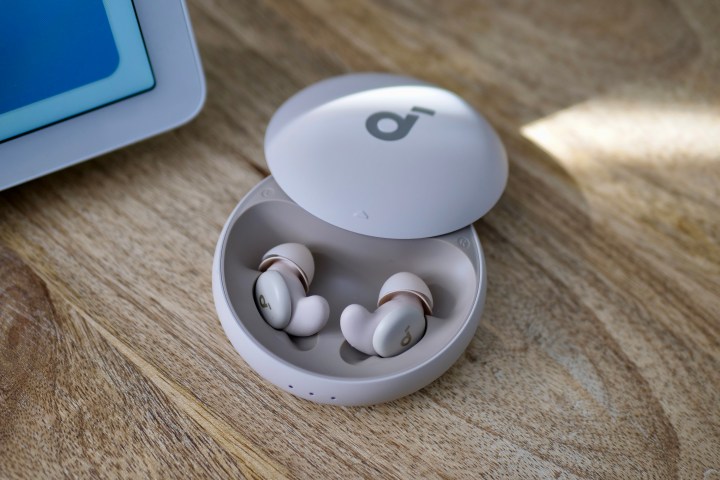
The Sleep A20 earbuds are stored in a puck-shaped case with a sliding top. It’s made of plastic and very lightweight, with a USB-C charging port on the back and three LEDs to indicate battery charge level on the front. You just slide the top back to reveal the earbuds, which are magnetically held inside. While it’s easy to take the buds out of the case, it’s not so easy putting them back in correctly the first few times. But it’s fine once you understand how each fits in, and I appreciate the L and R markings on the case to make it easier.
In the box is your choice of different soft silicone tips and wings for the earbuds, which help get the fit just right. It’s quick and easy to remove and refit both these items, and I like that it has a “Twin-Seal” surround on the tip, which helps seal the earbud in your ear. The medium sets are fitted as standard, and these were fine for me, although I did experiment with the larger set in one ear. However, I subsequently found that the medium tip — which at first felt a little too small — bedded in (if you’ll forgive the pun) perfectly after a night’s wear.
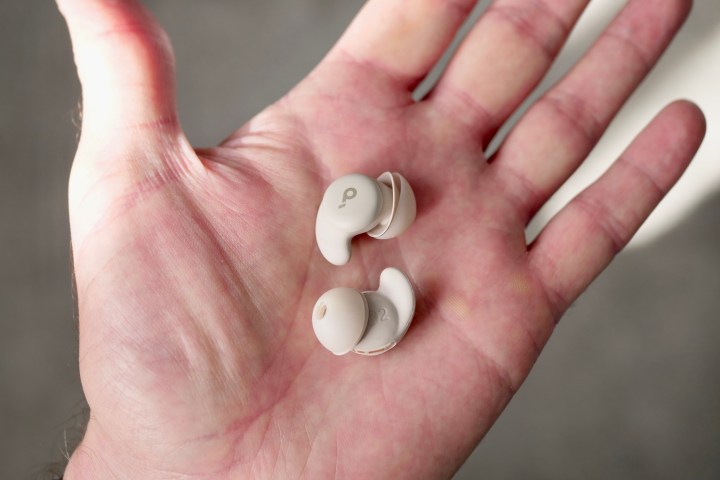
The earbuds are tiny, even smaller than the Bose Sleepbuds 2, and although it’s hard to tell from the photos, the wings are really floppy and flexible, so they don’t dig in when the earbuds are in your ear. Instead, they sit securely and comfortably, and provided you have the right tips and wings fitted, they create a tight seal too. As you’d expect from Anker, a company with considerable experience with headphones of all types, the Sleep A20 are well made but not overly flashy.
Anker Soundcore Sleep A20: comfort and isolation
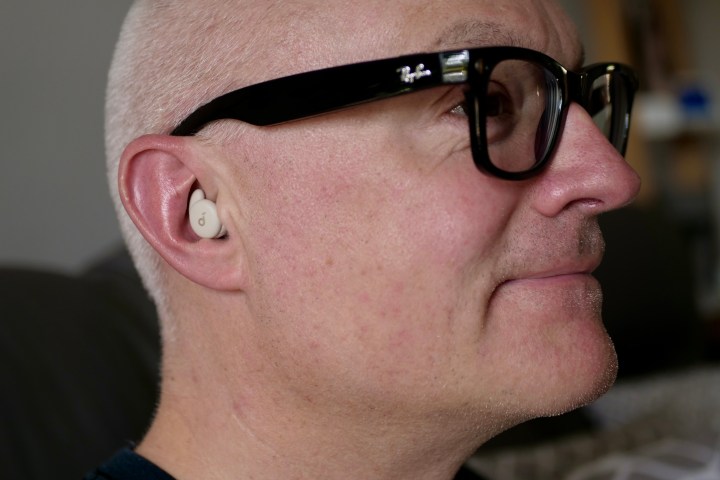
The Sleep A20 do not have active noise cancelation and rely on a tight seal in your ear to minimize noise around you. The effectiveness depends on the sounds you’re trying to mask. I didn’t notice an overnight storm or high winds when wearing them, but don’t expect them to drown out anything more substantial like an engine, at least without any ambient sound playing. I’ve found total silence isn’t always required for me, just that any louder sounds be dulled enough so they blend into the background. The Sleep A20 are good at this even without audio playing.
I have found the in-ear seal to be very effective — perhaps even a bit too effective. I can hear myself breathing more than when wearing the Bose Sleepbuds 2, which can be a little annoying. And it’s even noticeable when audio is playing through the Sleep A20 at a low volume. It’s not unexpected — you’re blocking up your ears, after all. But until you relax a lot it’s something you may be aware of, and frustrating things like this can delay relaxation. I have not noticed that the Sleep A20 make my ears sweaty, but I have been using them during the colder part of the year.
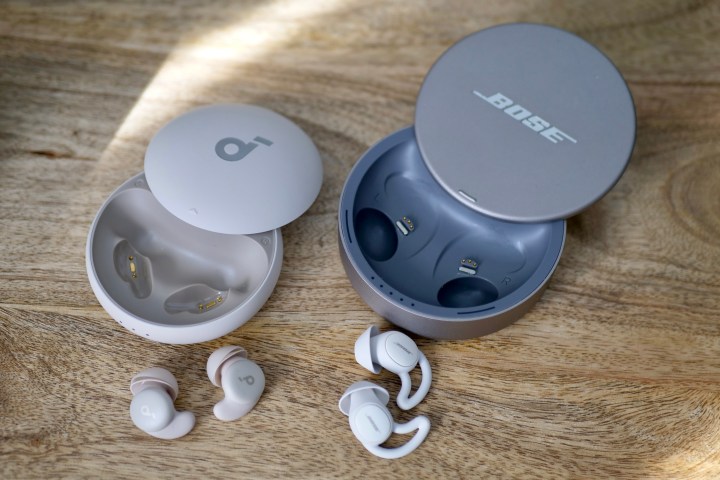
The level of isolation and comfort is very close to that of the Bose Sleepbuds 2, and the incredible light weight of each bud, just 2 grams, makes them easy to wear. I sleep on my side and do not find the earbud presses against my inner ear, and it has not fallen out overnight either. Although I’m used to wearing earbuds to sleep, I don’t think it would take a newcomer long to adjust to the Sleep A20.
Anker Soundcore Sleep A20: What about audio?
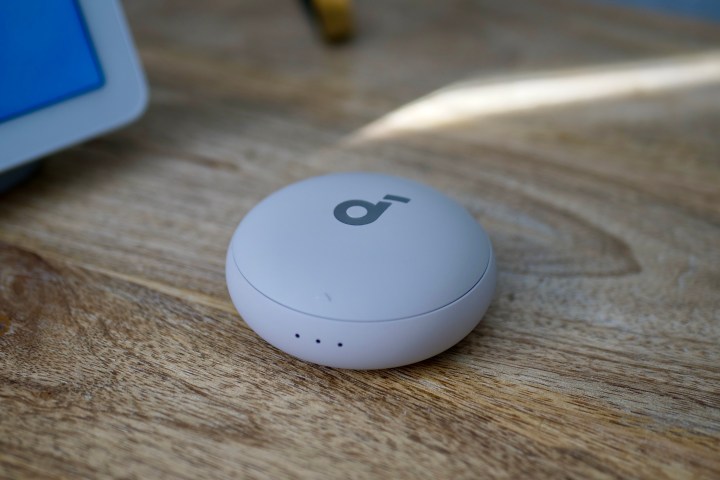
The Sleep A20 are well-made, small, and comfortable, so they’re doing well so far. But now we get to the hard parts — sound and the app. Technology used to aid or promote sleep needs to be very simple, and the process of making ta device work best for you needs to be fuss- and frustration-free. I’m trying to sleep, so anything that is annoying, complex, or difficult to use won’t help. It’ll make me hate it and never want to use it again.
The Sleep A20 just about manage to tread this fine line. But at times the experience is close to being too complicated for its own good, and is sometimes only saved by ignoring Anker’s app entirely. You can stream audio from your phone to the Sleep A20 using Bluetooth, or rely on sleep sounds generated by the app that can be either streamed or downloaded onto the buds for the lowest battery use. You can use your own music library, apps including YouTube and Spotify, and Anker’s own sound library in the Soundcore app.
The Sleep A20 are well-made, small, and comfortable.
Not that sound quality will be a big deal when you’re asleep, but the Sleep A20 sound pretty good when playing music. There’s enough bass so it doesn’t sound tinny, but not so much that it’s like trying to sleep in a nightclub. And the volume gets low enough to still be heard. This is far more important for this type of product than ear-bursting highs, monster volume, and total clarity. I use spoken word and white noise to help me fall asleep and mask outside noise, and they sound excellent.
Perhaps the easiest way to describe whether the sound from the Sleep A20 are more than adequate is that I have used them to listen to podcasts while I’m working, just like a set of “normal” earbuds, and have not felt the need to immediately swap them out for another pair. I’ve found the Bluetooth connection stable, the range is good, the earbuds stay in my ears, they don’t annoy me, and sound is perfectly acceptable for general use.
Anker Soundcore Sleep A20: the app
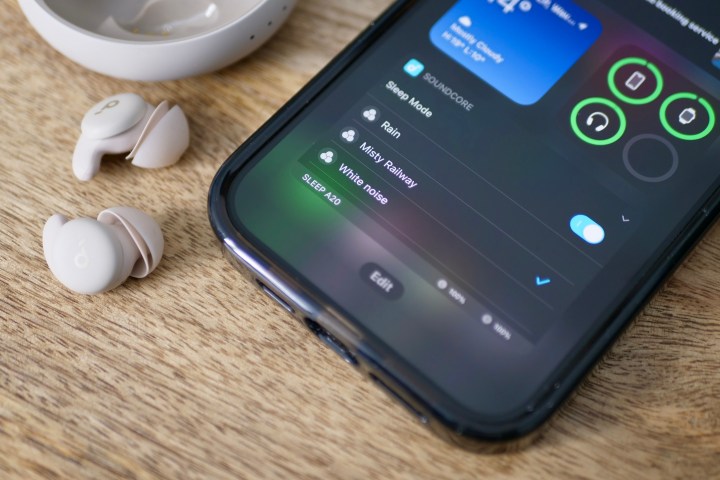
The Sleep A20’s complications creep in when you start to use the Soundcore app. It’s available for both Android and iOS, and I have been using it on an Apple iPhone 15 Pro Max. Once the buds are connected with Bluetooth, I have mostly deferred to the iPhone’s Music app to play podcasts, and then used iOS’ built-in sleep timer to shut it off after a set period of time, rather than the Anker app. It’s faster and easier, which is what I want at night.
This is also sometimes preferable as playing basic ambient sound is much too complicated, and I highly recommend spending some time during the day familiarizing yourself with the app and its workings, as it’ll drive you mad during the night. There’s a library of ambient sounds in the app, and you can even mix them together to create a unique soundscape — hail on the window with birds chirping, for example. And each can be tuned to your liking, including the volume and brightness of each effect. These creations are then transferred to the earbuds.
Confusingly, these soundscapes are found and generated when the app is in Bluetooth mode, and then activated when in sleep mode. Grappling with the entire process is not something you want to do just before trying to go to sleep, and the sounds are often too complex, resulting in a distraction because it doesn’t sound natural. I just want white noise most of the time, and giving me the choice of a three-element soundscape is overkill. This is why I have turned to the iPhone’s Music app and timer. It’s just easier.
There is a timer in the app, and the ability to switch from your own audio to the sleep sounds once you’ve fallen asleep. These functions have not been reliable for me, and I’ve found the sleep sounds just play all night regardless. When I use the iPhone’s timer, it stops every time and leaves me in silence. Other features in the app include a bedtime reminder and the option to set up to five alarms, an audio alert to help you find a lost earbud (handy as they’re small, light colored, and could potentially get wrapped up in bed clothes), and an iOS widget to select Sleep Mode and your choice of ambient sound without opening the app.
Anker Soundcore Sleep A20: touch controls and sleep tracking
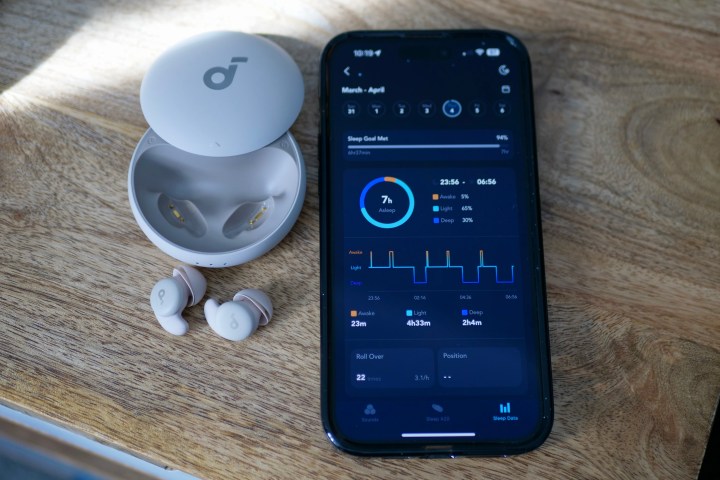
The Sleep A20 are controlled using tap gestures, which can be customized in the app. Touch controls can be problematic on earbuds, especially small ones you’re planning to use when trying to relax and sleep. The system is sensitive and precise, but it’s not one that’s ideal for the product. Tapping multiple times on your ear to adjust the volume is uncomfortable and is accompanied by an unpleasant “bang” in your ear, and while there are multiple options to customize the controls, it’s not ideal to have to remember the combinations when half asleep.
In addition to playing audio and reducing the impact of external noise when you’re trying to sleep, the Sleep A20 work as a basic sleep tracker. Under the Sleep Data tab in the app, you’ll see the amount of time you slept wearing the earbuds and your sleep stages. It doesn’t show health-related data such as heart rate, heart rate variability (HRV), or breathing rate.
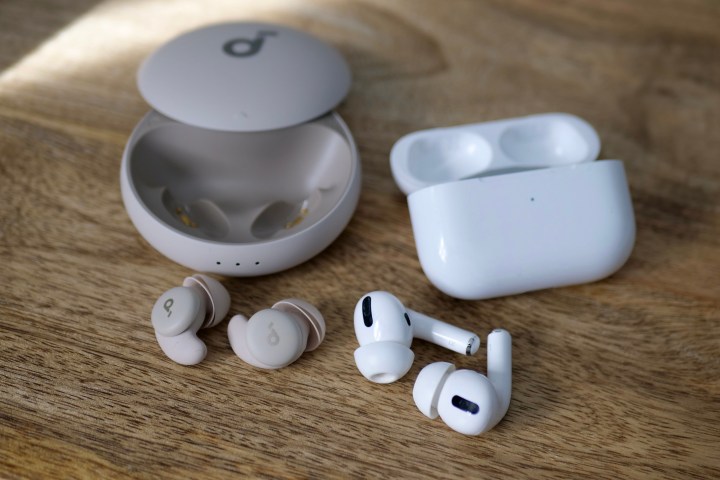
However, it does show two unusual pieces of data: Roll Over and Position. The Sleep A20 isn’t a medical device, so the app won’t tell you how the data shown here could impact your sleep or health, but it’s interesting to see, despite it being quite difficult to confirm how accurate it is.
The sleep data around stages and duration is similar to the data presented by the Oura Ring, but far less detailed and informative. The Sleep A20’s sleep tracking feature is an interesting addition, and definitely adds an extra dimension to the product, but it’s not a reason to buy the earbuds and shouldn’t be considered as an alternative to a dedicated health tracker if you’re keen to gain an insight into your sleep habits.
Anker Soundcore Sleep A20: battery life
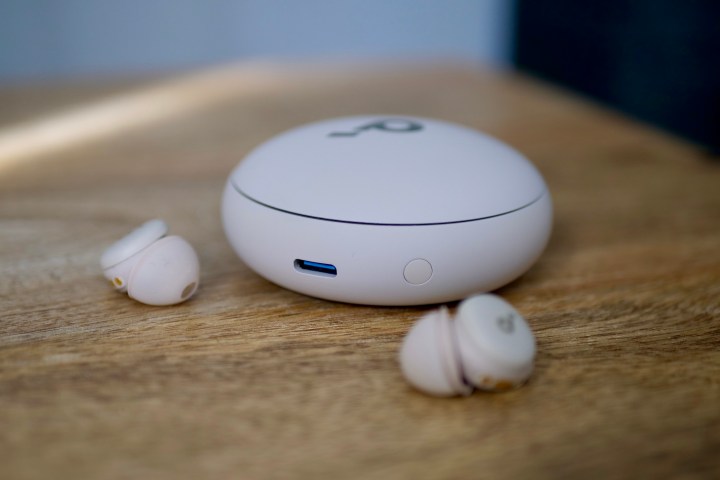
I’m going to have to defer to Anker for a lot of this section, as despite using the Soundcore Sleep A20 earbuds for a couple of weeks, I haven’t needed to charge the case after the initial charge. This is a good thing, by the way. I don’t need to wear and use them every night, and I also only set the timer to play audio for about an hour, which also impacts how much battery they use. The app shows the battery level of each earbud.
Anker claims 14 hours of audio playback in Sleep mode (which doesn’t use Bluetooth) or 10 hours of audio streaming with a Bluetooth connection. The case will provide 80 hours total playback when the earbuds are in Sleep mode, or 55 hours if you’re using Bluetooth. I have no reason to doubt the Sleep A20 will reach these times, and as I haven’t needed to charge them after about eight days of use, I don’t consider the battery life to be an issue.
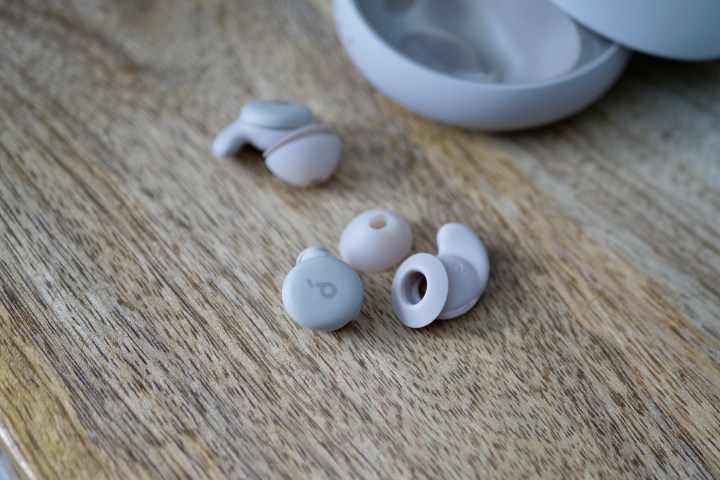
It is also far longer than the battery life of the Bose Sleepbuds 2, and I have experienced none of the annoying battery drain that affects those buds. It is less than the claimed battery time of the QuietOn 3 earbuds though, but as they don’t play audio or connect using Bluetooth at all, you’d expect them to last longer. I haven’t worried about the Sleep A20’s battery life at all, particularly for the way I use them.
Anker Soundcore Sleep A20: price and availability
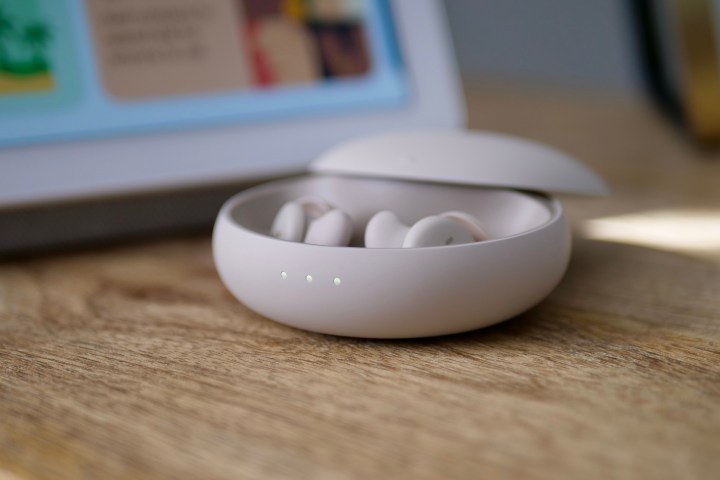
Anker is using Kickstarter to launch the Soundcore Sleep A20, and they will be available to order through the site starting April 16. In May, the Sleep A20 will arrive on Amazon, and the price is set at $150, or 120 British pounds. If you decide to order through Kickstarter, Anker promises early bird discounts on this price, but at the time of writing, the deals are unknown.
What are the alternatives? This isn’t a crowded space. Bose has discontinued the Sleepbuds 2, while QuietOn has updated its sleep earbuds to version 3.1, but they work in a different way than the Sleep A20. Other options available include the 1More Z30 earbuds, and various headbands that pair speakers used for sleep with a light-blocking eye mask. Some of the team behind the Bose Sleepbuds have teamed up to make an alternative, known as the Ozlo Sleepbuds, which has been successfully crowdfunded.
The cure for poor sleep?
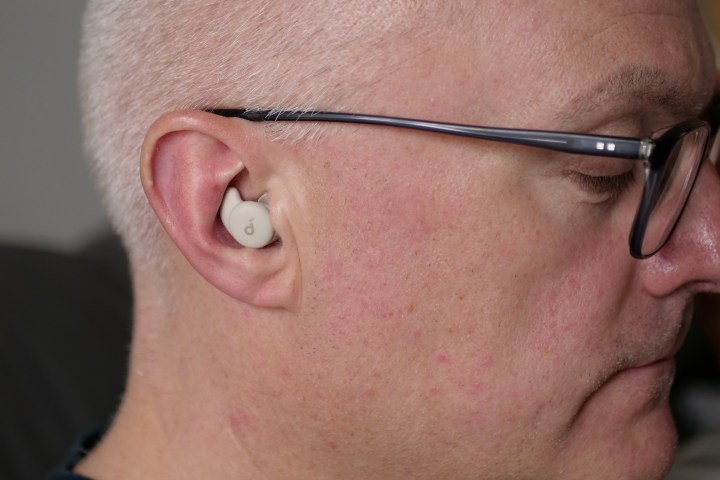
When I’ve had trouble sleeping over the past few years, I’ve relied on the Bose Sleepbuds 2 for help, so can the Anker Soundcore Sleep A20 earbuds replace them? Yes, but they’re not quite as wonderfully simple and refined as the old, now dead Bose ‘buds. They’re close to being as comfortable, but when you compare the two back-to-back, the Bose earbuds are a little less noticeable. The Sleep A20’s Bluetooth audio streaming feature is welcome, but many may find it superfluous, and they may also consider the app too complex for nighttime use.
I have found the Sleep A20 can help me sleep when I’m distracted, stressed, or unable to fully relax. There are plenty of features to increase the value, battery life shouldn’t be a concern, and even if you sleep on your side, there’s no need to be worried about comfort. But you should know they aren’t a silver bullet. There are also times I use them and they don’t help at all — and can actually contribute to disturbed sleep. This isn’t a fault of the earbuds; it’s the way it is with insomnia, our brains, and the stress of our daily lives. Although it doesn’t always happen, wearing earbuds at night can result in me waking up after a quick, deep sleep, and then finding it hard to get back to sleep again.
Sleep and problems around it are too complex to be cured by simply plugging something into our ears, but there’s no question that the Anker Soundcore Sleep A20 can help when noise is a prime contributing factor to disturbance. And they can help with relaxation too. Just make sure you set them up and get used to the controls before you go to bed.
Editors’ Recommendations


